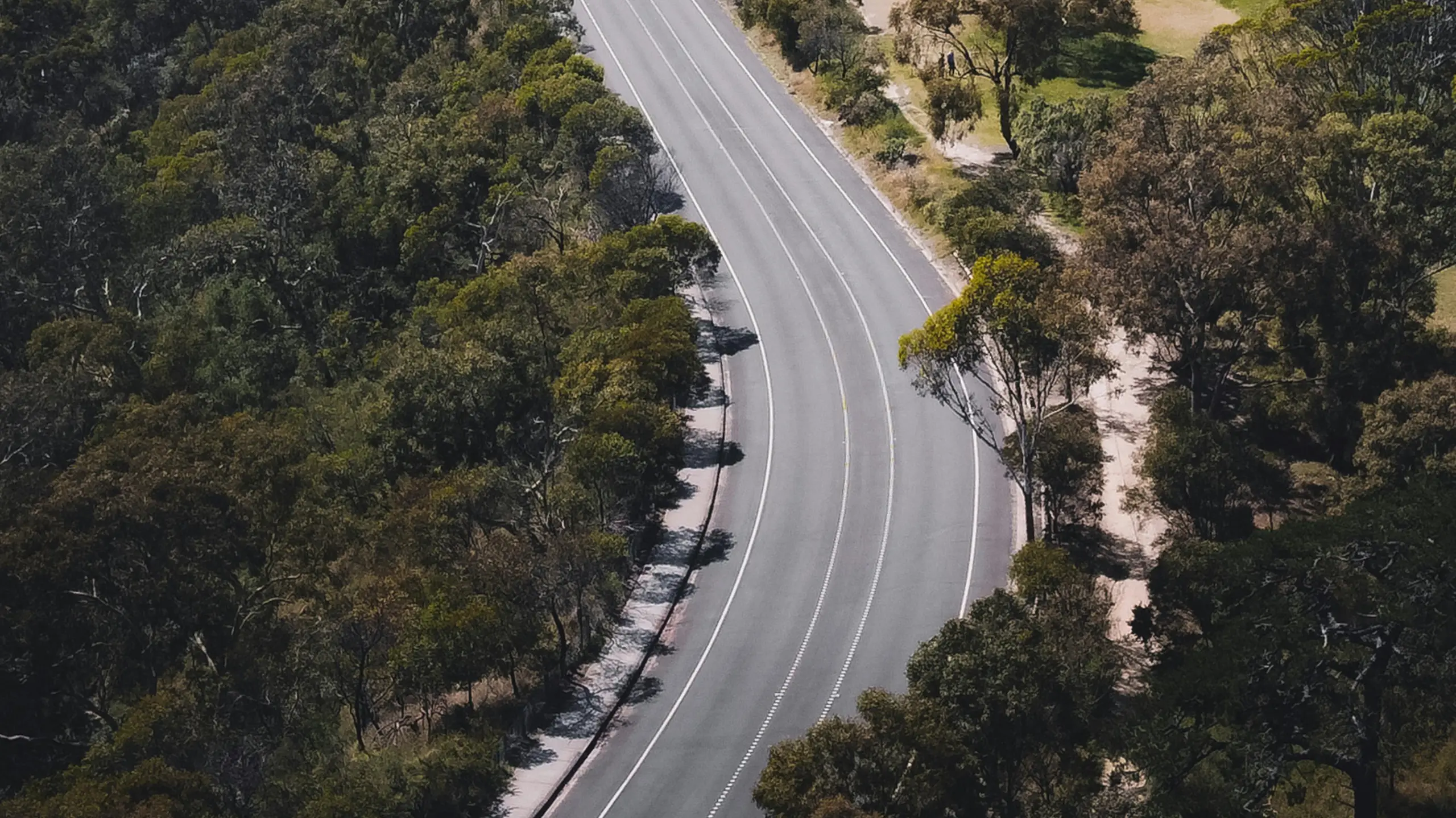Driving in Australia offers unique experiences, from navigating bustling city streets to exploring remote rural areas. While the basics of driving remain the same, the challenges and considerations can vary significantly between urban and rural settings. This guide provides practical tips for expats to drive safely and confidently in both city and rural environments.
Driving in Australian Cities
City driving in Australia often involves heavy traffic, complex road networks, and strict regulations. Major cities like Sydney, Melbourne, Brisbane, and Perth have efficient transport systems but require careful navigation for drivers unfamiliar with urban settings.
Tips for City Driving
- Understand Traffic Flow
- Peak hours (7:00–9:00 AM and 4:00–7:00 PM) can result in significant delays. Plan your trips outside these times whenever possible.
- Use Navigation Tools
- Apps like Google Maps or Waze provide real-time traffic updates and alternative routes.
- Be Aware of Parking Restrictions
- Cities have limited parking spaces with strict regulations. Use parking apps like Parkopedia or PayStay to find and pay for parking spots.
- Follow Speed Limits
- Speed limits in cities are typically 50 km/h, dropping to 40 km/h in school zones during designated hours.
- Watch for Cyclists and Pedestrians
- Many cities have dedicated bike lanes and heavy pedestrian traffic. Always give way at crossings.
- Prepare for Tolls
- Cities like Sydney, Melbourne, and Brisbane have toll roads. Use an electronic tag or purchase a pass to avoid fines.
- Learn Unique Traffic Rules
- Melbourne’s “hook turns” require turning right from the left lane at certain intersections. Look for signage indicating these turns.
Driving in Rural Areas
Rural driving in Australia presents a different set of challenges, including long distances, wildlife encounters, and limited facilities. Whether exploring the countryside or travelling between towns, preparation is key to a safe journey.
Tips for Rural Driving
- Plan Your Route
- Remote areas may lack mobile coverage, so carry a GPS device or physical map.
- Check weather and road conditions before departure, especially during the wet season.
- Carry Supplies
- Bring water, snacks, and a first-aid kit, particularly for long trips. Fuel stations may be far apart, so refuel whenever possible.
- Watch for Wildlife
- Animals like kangaroos and emus are common in rural areas, especially at dawn and dusk. Slow down and remain vigilant.
- Drive to the Conditions
- Unsealed roads, narrow lanes, and sudden changes in weather can make rural driving unpredictable. Reduce speed and maintain control.
- Avoid Fatigue
- Long distances can be exhausting. Take regular breaks and share driving responsibilities if possible.
- Be Prepared for Road Trains
- In remote areas, you may encounter road trains (long trucks with multiple trailers). Allow extra space when overtaking and be patient.
- Check for Floodways
- During heavy rain, some rural roads may flood. Observe warning signs and never attempt to drive through flooded areas.
Key Differences Between City and Rural Driving
| Aspect | City Driving | Rural Driving |
|---|---|---|
| Traffic Density | High, especially during peak hours | Low, but occasional slow-moving vehicles like tractors or road trains |
| Speed Limits | 40–60 km/h | 80–110 km/h, depending on the road type |
| Road Conditions | Well-maintained roads with clear markings | May include unsealed, narrow, or winding roads |
| Hazards | Cyclists, pedestrians, and congestion | Wildlife, road trains, and weather conditions |
| Navigation | Complex networks; rely on GPS | Long stretches of road; carry a map or GPS |
General Driving Tips for Expats
- Familiarise Yourself with Local Laws
- Each state and territory may have slight variations in road rules. Review them before driving in a new area.
- Understand Licence Requirements
- Expats can use an overseas licence for a limited time but may need to convert to an Australian licence for long-term driving.
- Drive on the Left
- Australia follows left-hand driving. Take extra care at roundabouts and intersections if you’re new to this system.
- Use Rest Stops
- On long journeys, take advantage of roadside rest areas to stretch, hydrate, and refresh.
- Be Prepared for Emergencies
- Keep a roadside assistance membership and emergency contacts handy.
Driving in Australia’s cities and rural areas requires adapting to different conditions and challenges. While city driving demands attention to traffic and regulations, rural driving calls for careful planning and awareness of natural hazards. By understanding the unique aspects of each environment and following these tips, expats can enjoy safe and memorable journeys across the country.


